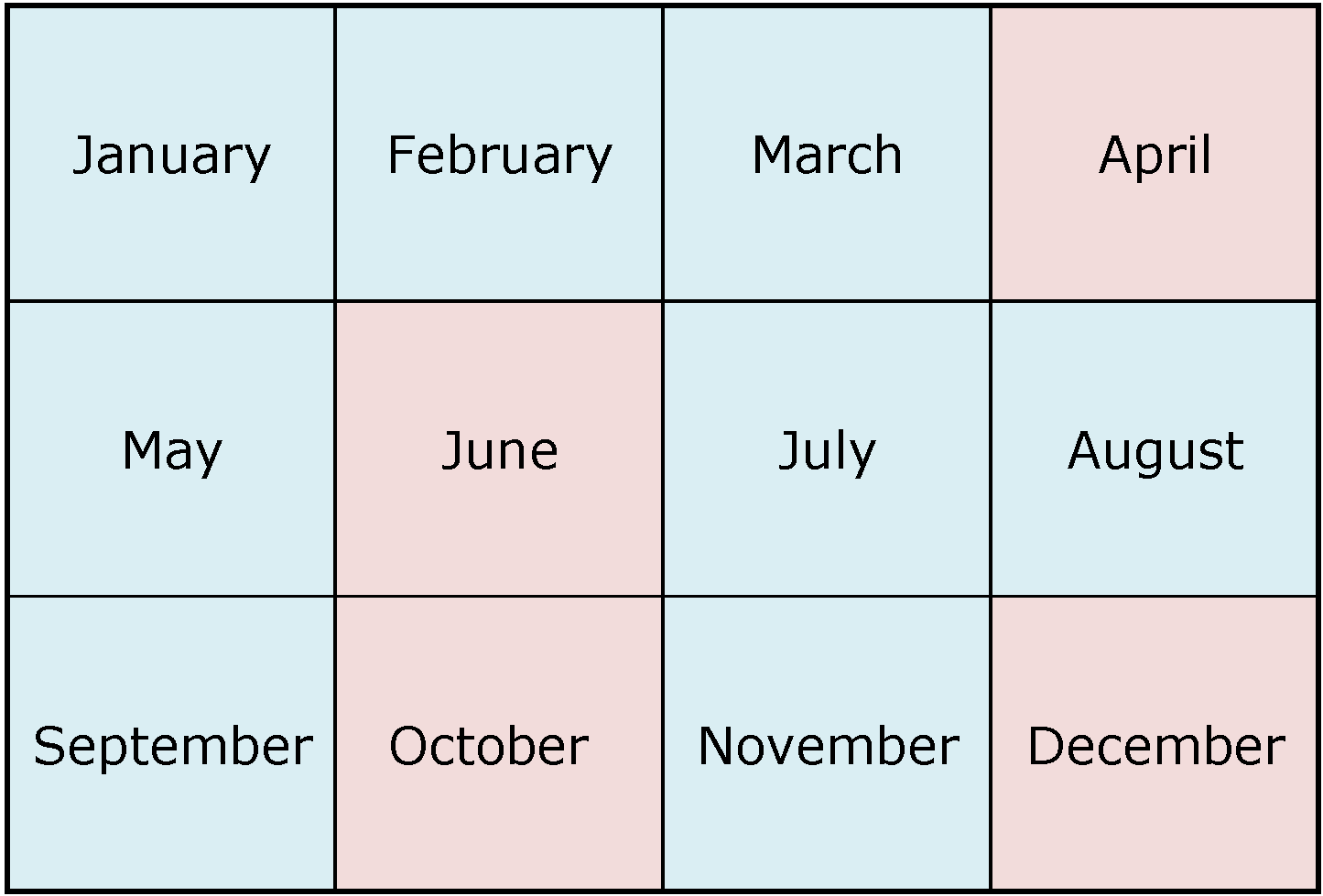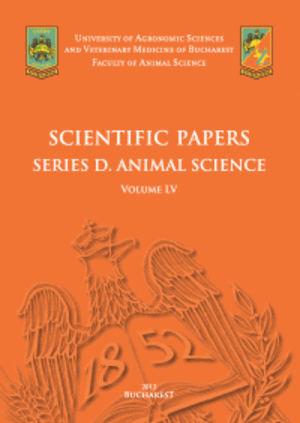Published in Scientific Papers. Series "Management, Economic Engineering in Agriculture and rural development", Vol. 25 ISSUE 2
Written by Stela TODOROVA, Kaloyan HARALAMPIEV
Reducing food loss and waste is a key part of Sustainable Development Goal (SDG) 12 on Responsible Consumption and Production. Specifically, target 12.3 aims to "halve per capita global food waste at the retail and consumer levels by 2030, and reduce food losses along production and supply chains, including post-harvest losses.”The main hypothesis is that per capita losses of wheat and products influence the population's nutrition, with a mediation effect of per capita supply. Mediation analysis will be performed using the Food Agricultural Organization statistical database, in which losses from wheat and its products are independent variables. The dependent variables relate to measuring population nutrition, and the mediator variables measure food supply per capita.Various research methods, such as the mediation analysis, Augmented Dickey-Fuller test and desktop research, have been applied. Before the application of mediation analysis, a time series stationarity test was made. The study's results show that per capita losses of wheat and products do not directly or indirectly affect the “Average Dietary Energy Adequacy” and the “Prevalence of Undernourishment.” However, per capita losses directly affect the “Prevalence of Obesity” among the adult population. The indicators “Average Dietary Energy Adequacy” and “Prevalence of Undernourishment” are independent of the mediator variables.
[Read full article] [Citation]

 Next Issue will be published according the the calendar.
Next Issue will be published according the the calendar.



